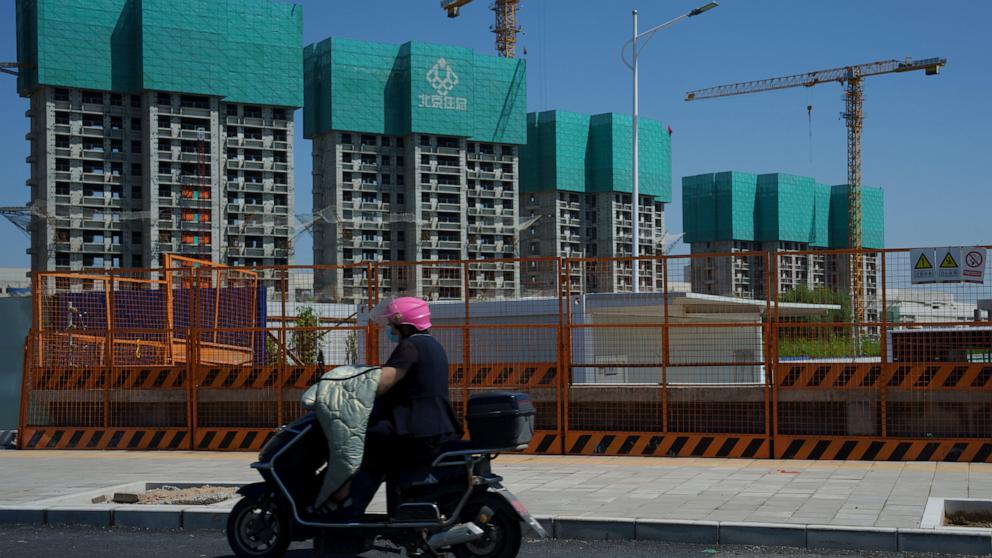China Unveils Comprehensive Roadmap to Tackle Economic Challenges Amid Property Sector Struggles
In an ambitious move to address long-term challenges and reinvigorate its economy, China’s ruling Communist Party released a sweeping 50-page roadmap aimed at transforming the nation into a "high-standard socialist market economy in all respects" by 2035. Simultaneously, the People’s Bank of China (PBOC) cut key interest rates in a surprise move to bolster the struggling property sector, signaling a recognition of the need for immediate economic intervention.
Strategic Reforms and Economic Vision
The newly released roadmap outlines over 300 reforms aimed at redefining China’s economic landscape. The plan is closely aligned with President Xi Jinping’s vision of Chinese modernization and addresses multiple facets of the economy, from social welfare enhancements to improvements in local government finances. The reforms promised include:
- Social Welfare: Expansion of pensions and healthcare benefits.
- Local Government Finances: Measures to improve fiscal health and governance.
- Protection of Private Property: Ensuring private property rights are upheld.
- Business Environment: Creation of a favorable environment for both domestic and foreign investors, with a focus on equal market access.
- National Security: Policies aimed at safeguarding national interests, which may affect foreign business operations.
- Affordable Housing and Rural Income: Improved access to affordable housing and increased rural incomes.
- Family Incentives: Incentives such as subsidies to encourage larger families.
President Xi emphasized that "reform and opening up" are essential for this vision, reiterating the party’s commitment to long-term reforms that address the deep-rooted economic imbalances. China’s economy grew at a slower-than-expected 4.7% annual pace last quarter, down from 5.3% earlier in the year, reflecting the urgency for these comprehensive reforms.
Immediate Economic Stimulus: Interest Rate Cuts
In parallel to the long-term plans, the PBOC initiated a cut in the five-year loan prime rate, a key benchmark for mortgages, from 3.95% to 3.85%. The one-year loan prime rate, affecting most business loans, was reduced from 3.45% to 3.35%. These cuts are indicative of the central bank’s short-term strategy to provide immediate support to the economy, especially the ailing property sector.
The property market has been in a prolonged slump due to regulatory crackdowns on excessive borrowing by developers, which in turn affected housing sales, prices, and ancillary sectors such as construction and building materials. The PBOC’s move aims to alleviate these downturns and stimulate consumer demand.
Investor Reactions and Market Impact
Despite the rate cuts, investor sentiment appeared mixed. The Shanghai Composite index fell by 0.6% on Monday, while Hong Kong’s Hang Seng index saw a 1.3% rise, driven by strong buying in technology shares. Expectations of policies favoring advanced technology sectors bolstered stocks in electric vehicles, computer chips, and new materials, though property stocks saw declines.
Future Outlook and Key Challenges
Experts suggest that while rate cuts offer some reassurance, substantial fiscal policies will be necessary to sustain momentum. Julian Evans-Pritchard of Capital Economics noted, “the heavy lifting will need to come from fiscal, not monetary, policy.” As such, the Chinese government has also indicated plans for increased government spending to spur growth.
UBS economists Nina Zhang and Tao Wang highlighted that successful implementation of these measures is crucial for resource allocation, financial risk containment, and economic growth.
Conclusion
China’s dual approach – combining immediate monetary adjustments with long-term structural reforms – reflects the government’s commitment to addressing both immediate economic pressures and foundational challenges. Whether these ambitious plans and rate cuts will sufficiently rejuvenate the economy remains to be seen, but they signify a proactive stance towards achieving sustained growth and stability.
For more details on the central bank’s recent moves, you can visit the official website of the People’s Bank of China here.
